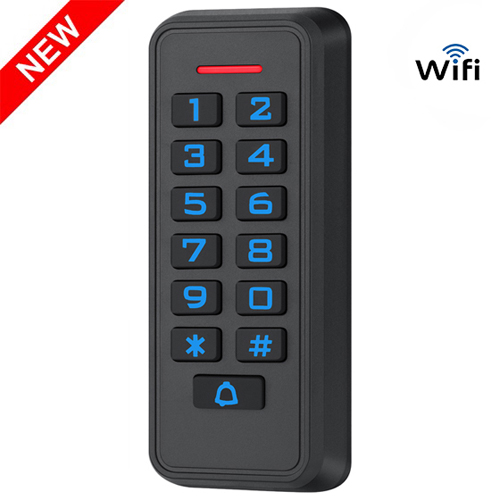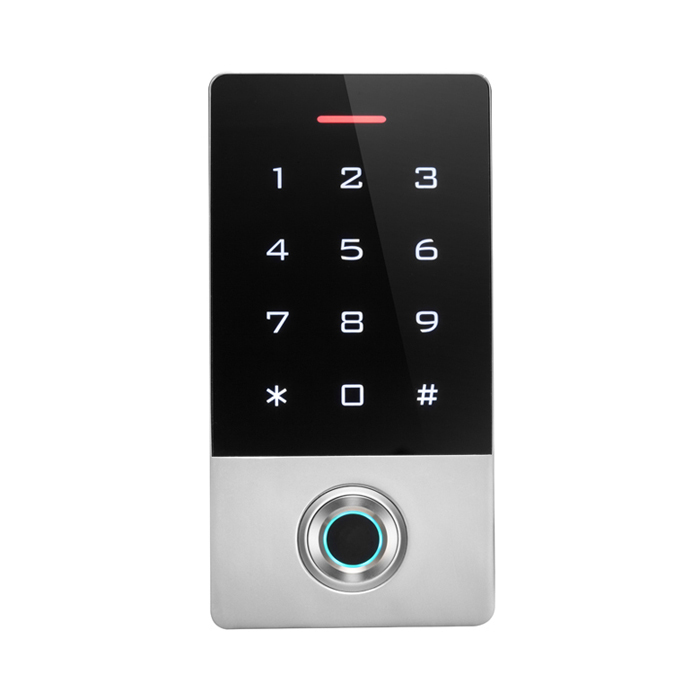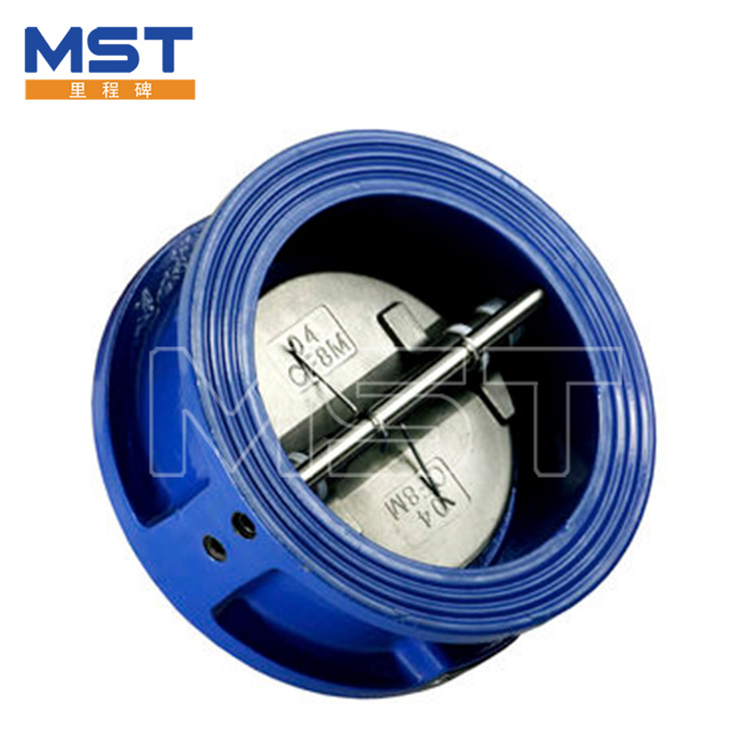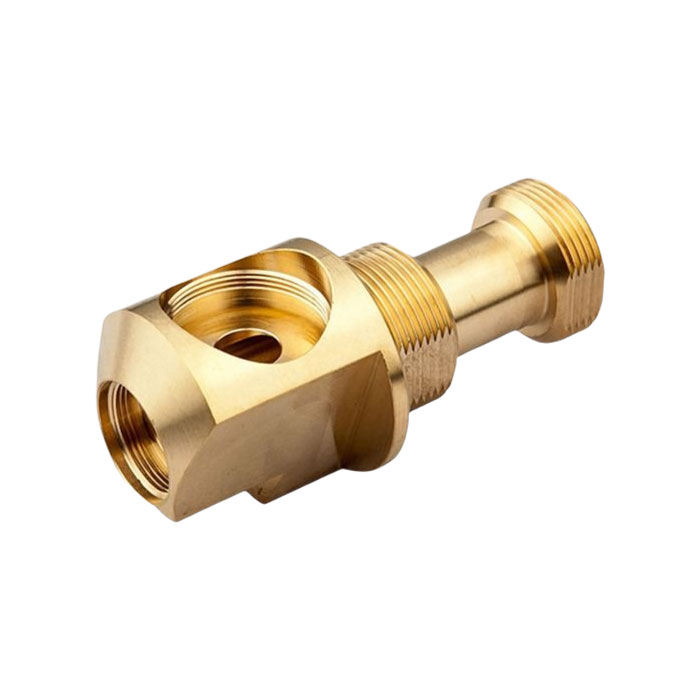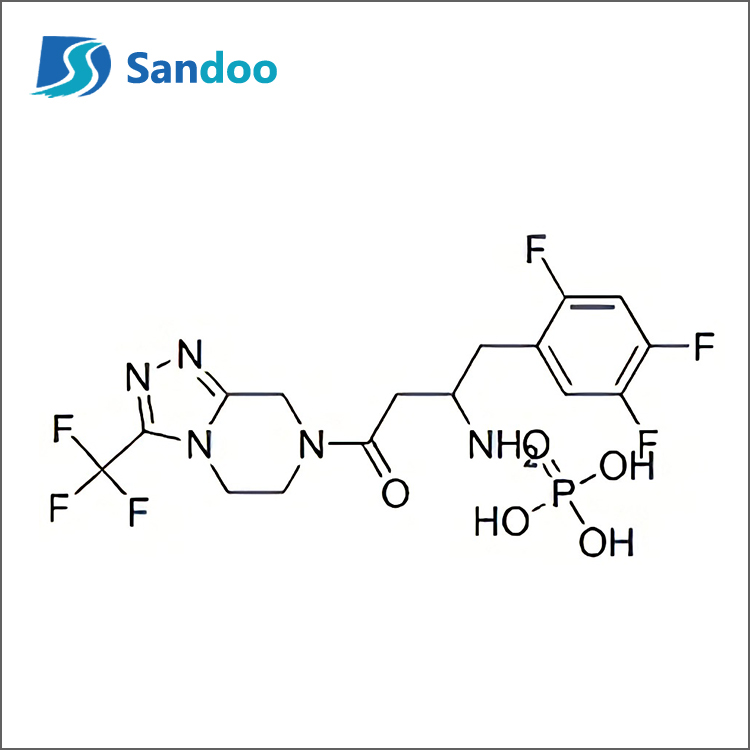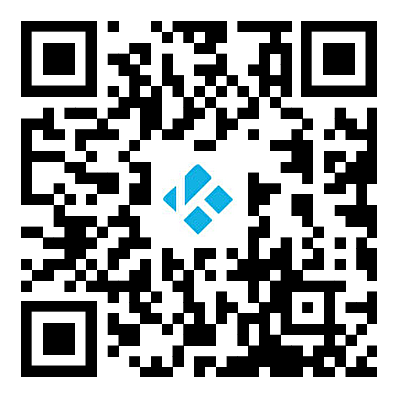Standalone Access Controller
A standalone access controller is a device used to control and manage access to a specific area or facility. It is typically used in small-scale applications where a centralized access control system may not be necessary or feasible. Standalone access controllers provide basic access control functio......
Send Inquiry
Product Description
A standalone access controller is a device used to control and manage access to a specific area or facility. It is typically used in small-scale applications where a centralized access control system may not be necessary or feasible. Standalone access controllers provide basic access control functionality without the need for a dedicated server or complex infrastructure.
Here are some key features and components of a standalone access controller:
1. Control Unit: The control unit is the main component of the standalone access controller. It contains the necessary circuitry, firmware, and software to manage access control operations.
2. Keypad or Card Reader: Standalone access controllers often incorporate a keypad or card reader for user authentication. The keypad allows users to enter a PIN code, while the card reader reads access cards or key fobs for identification.
3. Locking Mechanism: The standalone access controller is connected to an electric lock or door strike, which is responsible for physically securing the door or entry point. When access is granted, the controller activates the locking mechanism to allow entry.
4. Power Supply: A standalone access controller requires a power supply to operate. This can be a direct power connection or, in some cases, battery-powered for added flexibility.
5. Programming Interface: Standalone access controllers typically provide a programming interface, such as a built-in keypad or software, to configure access control settings. This allows authorized individuals to set up user permissions, PIN codes, or card credentials.
6. Event Logging: Some standalone access controllers include event logging capabilities. They record access events, such as successful or failed entry attempts, and store this information for later review or analysis.
Standalone access controllers are often used in small offices, residential buildings, server rooms, or restricted areas where a limited number of users need access. They provide a cost-effective solution for managing access control without the complexity of a centralized system.
It's important to note that standalone access controllers may have limitations compared to more advanced access control systems. They may not offer features like real-time monitoring, remote management, or integration with other security systems. If you require a more comprehensive access control solution, you may consider a networked or cloud-based access control system.
When selecting a standalone access controller, consider factors such as the number of users, the desired authentication method (PIN, card, or both), the level of security required, and any specific integration or functionality needs.
